
Elite aquariums are more than glass tanks—they’re underwater galleries of nature’s rarest masterpieces. Each fish, with its dazzling colors and unique patterns, brings a touch of luxury and wonder to the water. Dive into the world of these 12 breathtaking species that redefine aquatic beauty and exclusivity.
1. Platinum Arowana
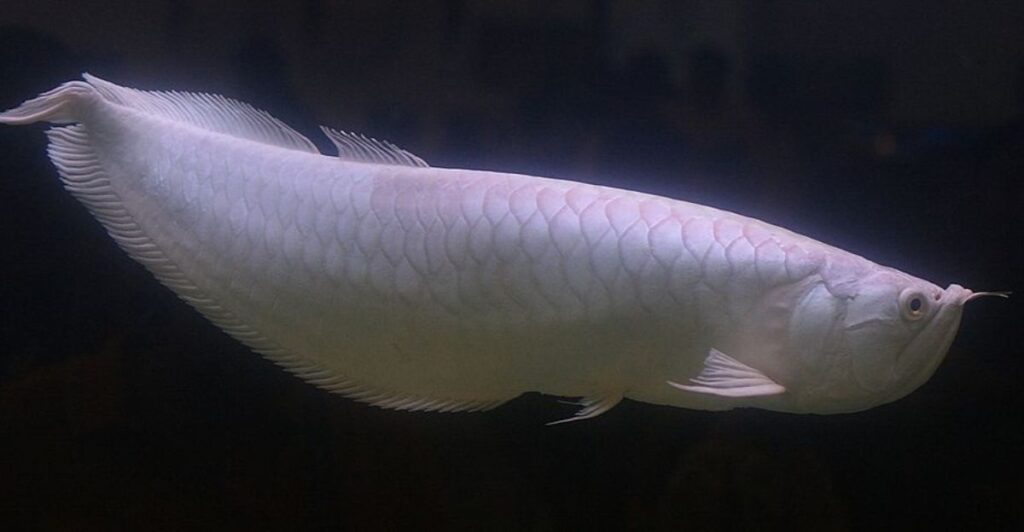
Crowned as the most expensive aquarium fish, the Platinum Arowana mesmerizes with its metallic sheen and sleek body. Originating in Southeast Asia, this mutation is revered for its rarity, which commands prices up to $400,000. Its ethereal beauty ensures its place at the top of every collector’s wish list.
2. Japanese Dragon Eel
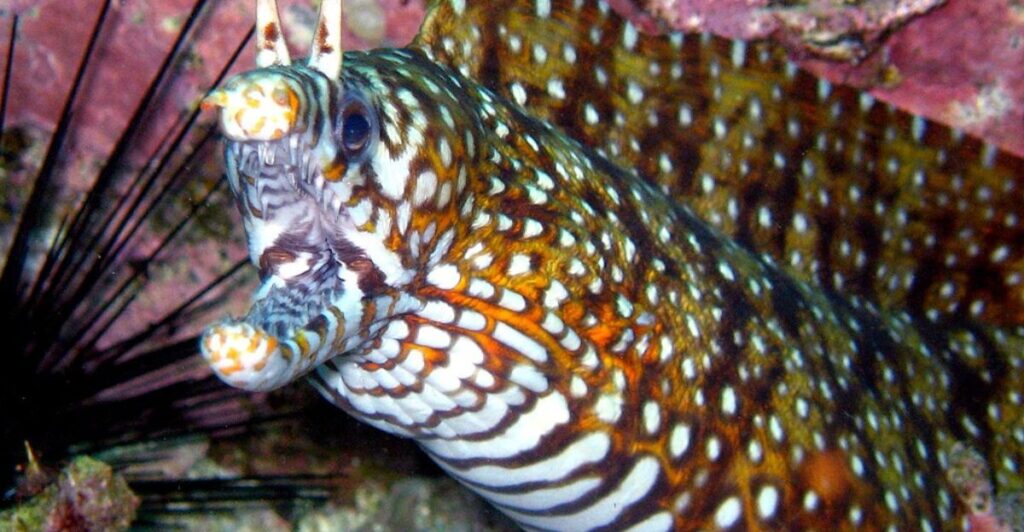
The Dragon Eel is a captivating saltwater species recognized for its serpent-like body and vibrant red and orange patterns. Found in the rocky crevices of Indo-Pacific reefs, it’s rarely seen in aquariums. Its stunning appearance and rarity often drive prices to $7,000 or more.
3. Golden Gar

The Golden Gar shines like a piece of living gold. Found in select North American rivers, this natural mutation of the ancient gar species displays metallic scales. Rarely available in the trade, it’s a symbol of history and luxury, with the rare gars fetching up to $5000 or more for its unmatched allure.
4. Candy Basslet
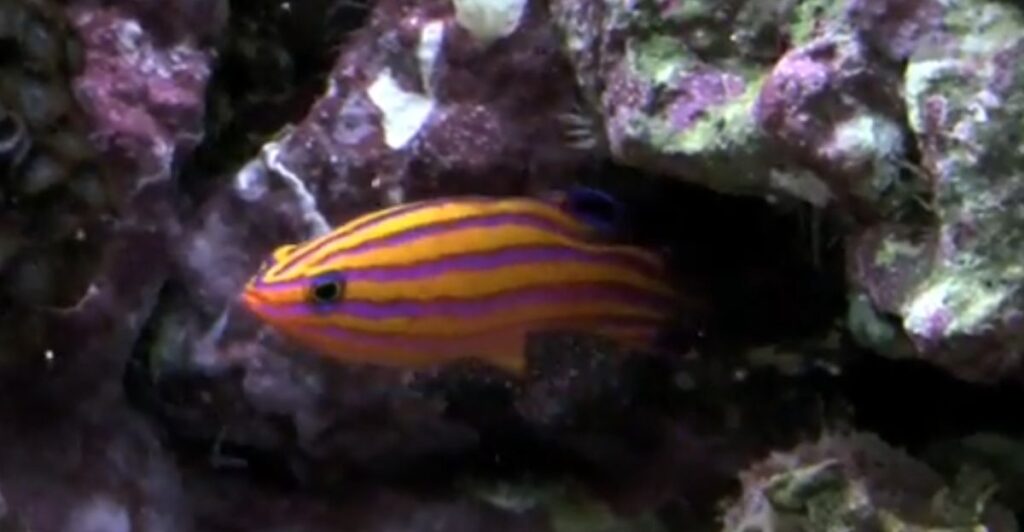
Few fish rival the vivid colors of the Candy Basslet. Its striking orange, purple, and pink stripes make it one of the most colorful species in the ocean, earning it the nickname “living jewel.” This tiny gem, discovered in Caribbean reefs at extreme depths, is a rare acquisition, often priced at $1,000 or more for enthusiasts.
5. Zebra Pleco
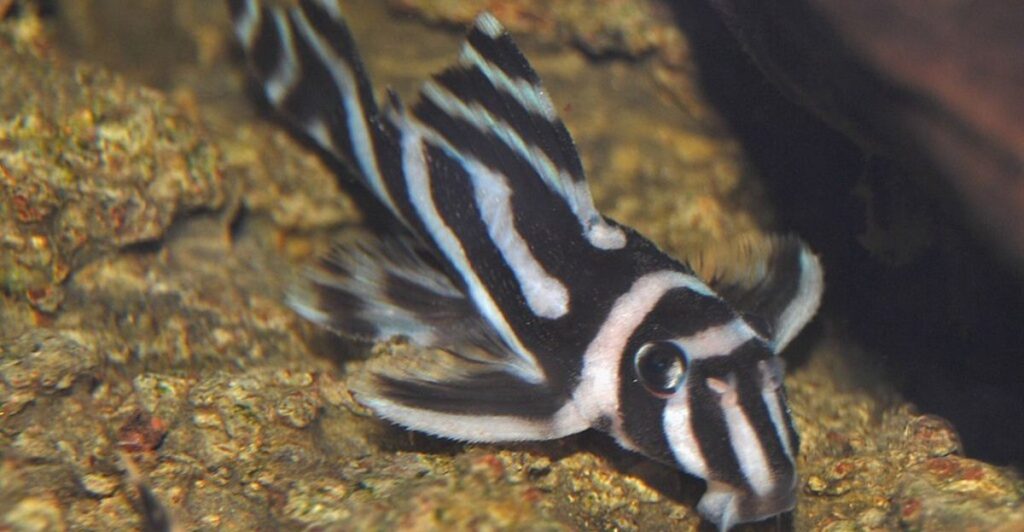
Juvenile specimens of the Zebra Pleco sell for $500 or more, which reflects its exclusivity in the aquarium world. Regulatory restrictions on exports have increased its rarity, while its bold black and white stripes make it a monochrome marvel. It originates in Brazil’s Rio Xingu, where it thrives in fast-moving waters.
6. Neptune Grouper

Sourced from Indo-Pacific waters, the vibrant Neptune Grouper is a deep-sea dweller with striking pink and yellow hues. Its adaptation to deep-sea pressure makes it a rare find in home aquariums. With a price tag of around $6,000, its electrifying colors and exclusivity make it a coveted treasure for seasoned collectors.
7. Dracula Goby
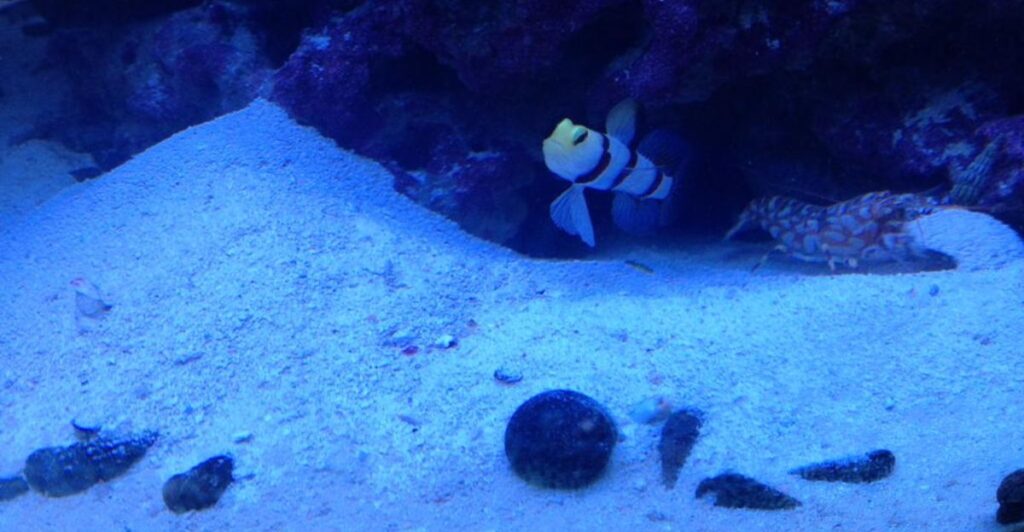
The Dracula Goby is a treasure because of its rarity and delicate care requirements. The vibrant red and white stripes give it a candy cane-like appearance. This tiny, cryptic species resides in sandy burrows and thrives in symbiosis with shrimp in the Indo-Pacific. Notably, the shrimp digs and maintains the burrow while the goby is a lookout.
8. Red Sea Purple Tang
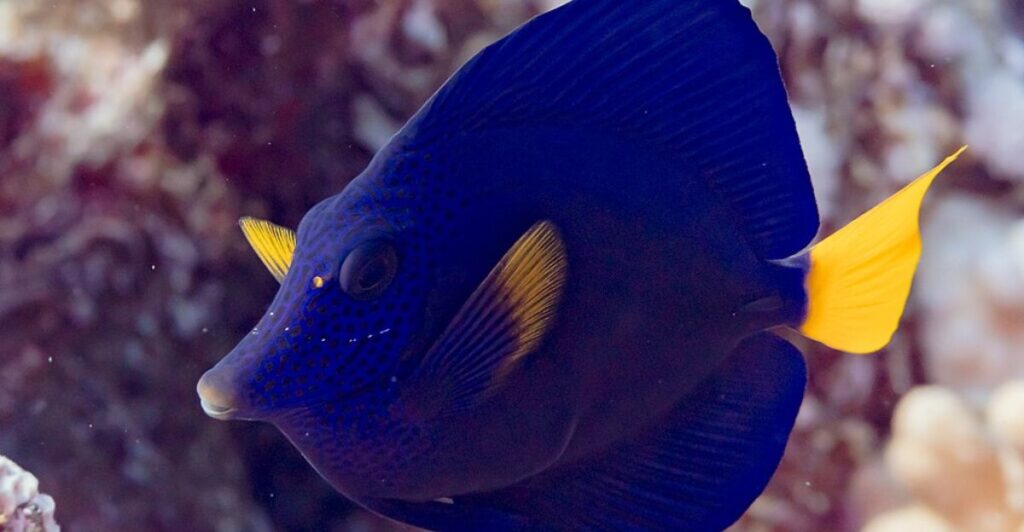
Commanding prices up to $2,500, the Red Sea Purple Tang is a true collector’s piece due to its striking coloration and limited distribution. Its deep purple body and vibrant yellow tail dazzle, and it is found exclusively in the coral reefs of the Red Sea. Because of its territorial nature, it thrives in spacious environments with ample hiding spots.
9. Polka-Dot Loach
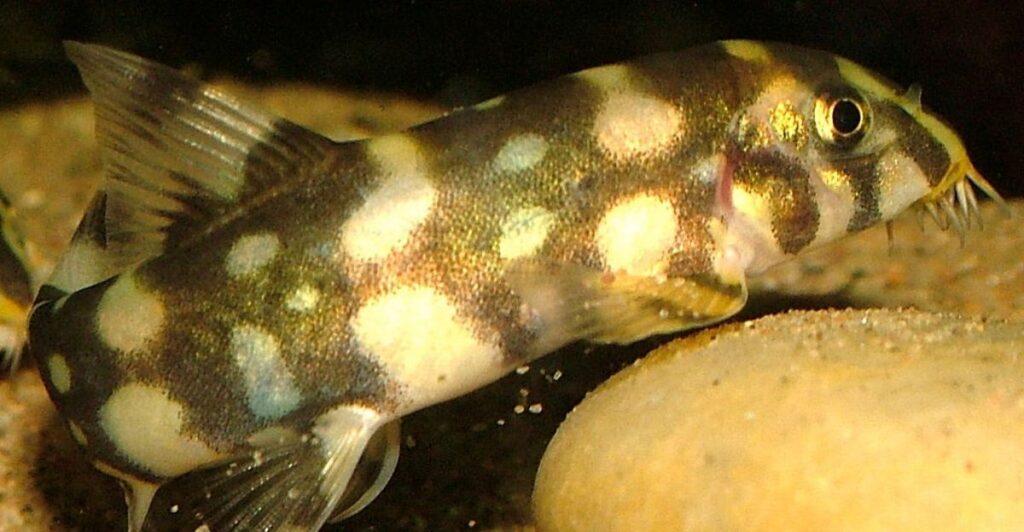
The Polka-Dot Loach, with its intricate black-and-white dotted pattern, is native to the river systems of Borneo. This freshwater fish, rarely available in the trade, fetches prices nearing $500 to $1,000. Its social behavior and unique appearance make it a standout in specialized aquariums.
10. Clarion Angelfish

A splash of orange and electric blue defines the Clarion Angelfish. Endemic to the Revillagigedo Islands, this species is heavily protected and rarely available, which adds to its allure. At prices often exceeding $5,000, it’s a prized addition for aquarists seeking a bold, vibrant beauty.
11. Black Opal Clownfish
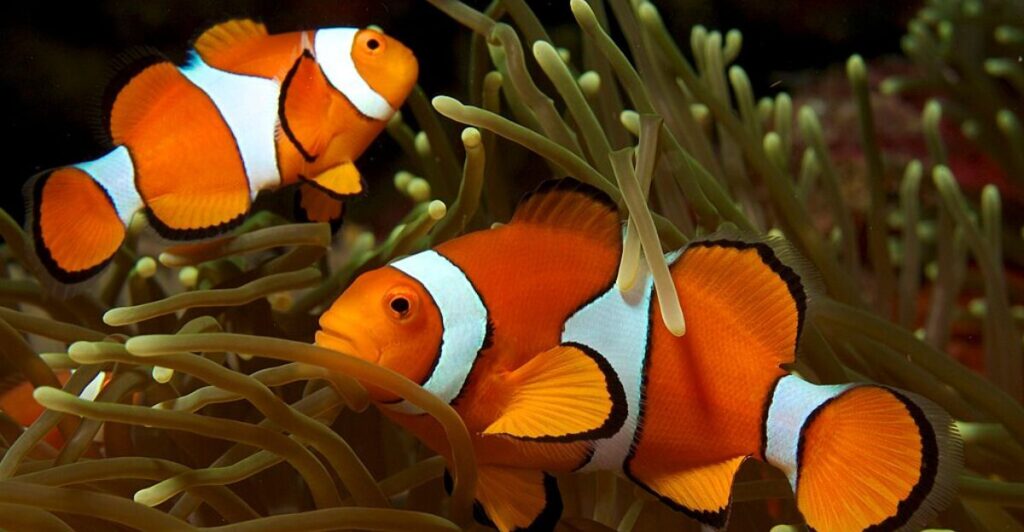
Accentuated by glowing orange and white on its deep black body, the Black Opal Clownfish is a selectively bred marvel. Its origins trace back to innovative breeding programs that aimed to perfect this stunning pattern, and it has become a highly sought-after addition due to its breathtaking visual appeal.
12. Gem Tang

Collectors often pay up to $5,000 to own the Gem Tang, a luxury species. Native to Mauritius, its deep black body, adorned with white spots resembling stars, gives it a dazzling, gem-like look. This species is highly valued, not only for just its beauty but also for its hardy nature.
Stay connected with us for more stories like this! Follow us to get the latest updates or hit the Follow button at the top of this article, and let us know what you think by leaving your feedback below. We’d love to hear from you!







